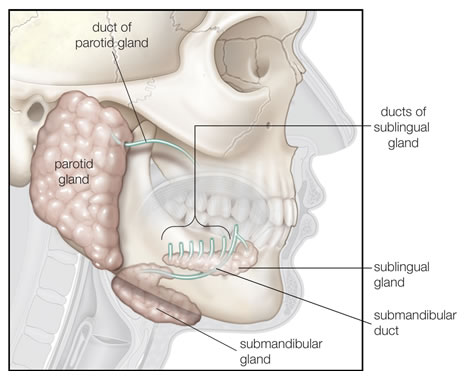Bee pollen is best taken sublingual - 'Under the tongue', where the pollen absorbs into the blood stream through tissues under the tongue.
When bee pollen comes in contact with the mucous membrane beneath the tongue it quickly diffuses and enters the venous circulation. This is because the connective tissue beneath the epithelium contains a profusion of capillaries where bee pollen is diffused into the capillaries and easily enters the venous circulation.
In contrast, bee pollen capsules absorbed in the intestines are subject to "first pass metabolism" in the liver before entering the general circulation, so you lose a lot of the pollen content.
 Sublingual administration of bee pollen has certain advantages over capsule administration. Being more direct, it is often faster, and it ensures that the bee pollen will risk degradation only by salivary enzymes before entering the bloodstream, whereas orally administered capsules must survive passage through the hostile environment of the gastrointestinal tract, which risks degrading them, either by stomach acid or bile, or by the many enzymes therein, such as monoamine oxidase (MAO). Sublingual administration of bee pollen has certain advantages over capsule administration. Being more direct, it is often faster, and it ensures that the bee pollen will risk degradation only by salivary enzymes before entering the bloodstream, whereas orally administered capsules must survive passage through the hostile environment of the gastrointestinal tract, which risks degrading them, either by stomach acid or bile, or by the many enzymes therein, such as monoamine oxidase (MAO).

Furthermore, after absorption from the gastrointestinal tract, such capsules must pass to the liver, where they may be extensively altered; this is known as the "first pass metabolism" effect of capsule metabolism. Due to the digestive activity of the stomach and intestines and the solubility of the GI tract, the oral route is unsuitable for certain substances, such as bee pollen capsules.
|


 Sublingual administration of bee pollen has certain advantages over capsule administration. Being more direct, it is often faster, and it ensures that the bee pollen will risk degradation only by salivary enzymes before entering the bloodstream, whereas orally administered capsules must survive passage through the hostile environment of the gastrointestinal tract, which risks degrading them, either by stomach acid or bile, or by the many enzymes therein, such as monoamine oxidase (MAO).
Sublingual administration of bee pollen has certain advantages over capsule administration. Being more direct, it is often faster, and it ensures that the bee pollen will risk degradation only by salivary enzymes before entering the bloodstream, whereas orally administered capsules must survive passage through the hostile environment of the gastrointestinal tract, which risks degrading them, either by stomach acid or bile, or by the many enzymes therein, such as monoamine oxidase (MAO).